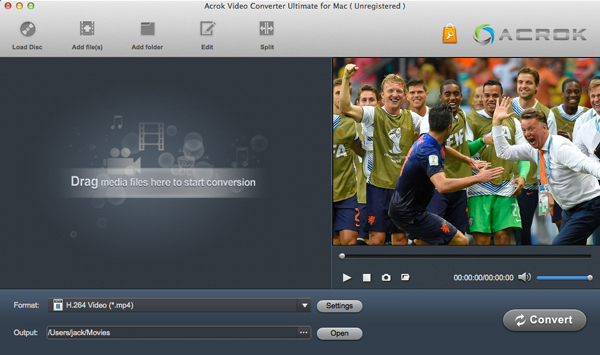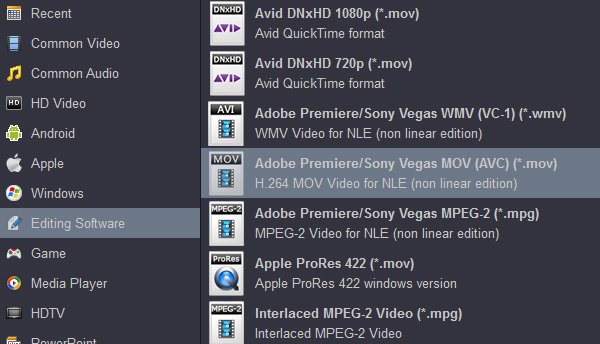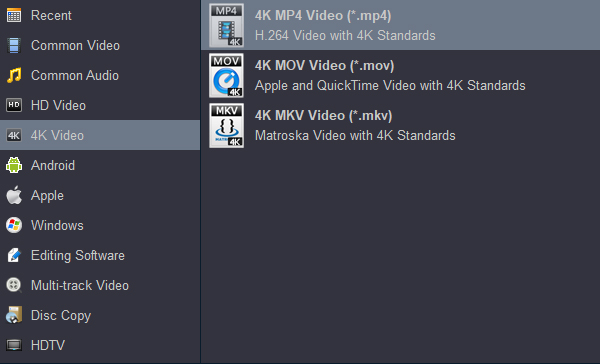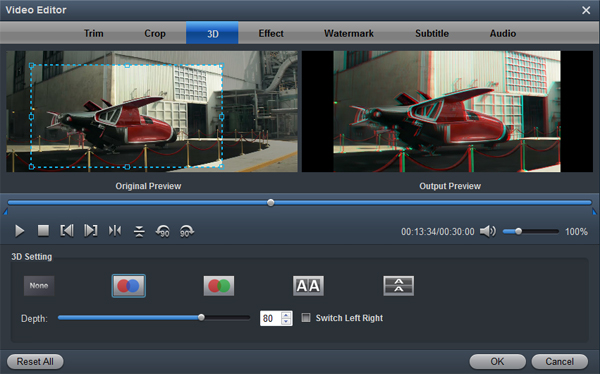When talking about the camera and which camera performs best according to their common uses, perhaps many photo shooting lovers have their own opinions. But there is no doubt that V is one of the best and the most popular cameras that have been pushed to the market.
The a7S III is the third model in Sony’s lineup of video-oriented mirrorless cameras, beginning with the original a7S in 2014 and the a7S II in 2015. The camera is capable of performing 4K internal recording with 10-bit depth and 4:2:2 color sampling when using either Long GOP or All Intra compression. And if you demand the ultimate quality, the camera will output 16-bit raw over HDMI, which can be saved as 12-bit Log ProRes Raw by a recorder like an Atomos Ninja V.
Specifications
- 12MP BSI CMOS sensor
- Bionz XR processor
- On-sensor phase detection
- ISO 80-102,400 (expandable to 40-409,600)
- 9.44M-dot EVF with 0.91x magnification
- 4K video at up to 120p, 60p for ‘at least an hour’
- 16-bit Raw video output at up to 60p
- 10-bit 4:2:2 internal capture (in codecs including H.265 and All-I H.264)
- Fully articulating LCD
- Connectivity: Wi-Fi, Bluetooth
- Size: 128.9 x 96.0 x 69.7mm
- Weight: 614g (body only)
- 5-axis in-body stabilization with SteadyShot active mode
- Twin card slots that each accept either SD or CFexpress Type A
- Recording Modes: H.265/XAVC HS 4:2:2 10-Bit; H.264/XAVC S-I 4:2:2 10-Bit; H.264/XAVC S 4:2:2 10/8-Bit
When we shot video clips in MP4 and MXF format with Sony a7S III, it always causes some problems in editing Sony a7S III 4K videos in Adobe Premiere Pro and other editing software, such as DaVinci Resolve, iMovie, Final Cut Pro X, etc. Although Adobe is announced to support H.265/HEVC and XAVC S footages input, there always be many situations that importing Sony a7S III footage to Premiere Pro CC for editing is impossible or takes much time. It makes people uncomfortable to edit 4K H.265, XAVC HS and XAVC S-I, videos on Premiere Pro CC. The only effective way to solve this problem is to convert Sony a7S III recordings to Premiere Pro CC supported video format. As we know, Adobe software supports H.264, MPEG-2 editing well, so we can convert Sony a7S III videos to H.264 or MPEG-2 via third-party software.
Acrok Video Converter Ultimate (For Windows | For Mac) is pleased to offer best and fastest 4K Video Converter as a great H.265, XAVC, XAVC S to Premiere Pro CC converter. To convert Sony a7S III videos, you should get ready with a USB cable to transport or copy 4K videos to your PC.
Free download Sony a7S III to Premiere Pro CC Converter
How to transcode Sony a7S III videos for Premiere Pro CC?
Step 1: Load Sony a7S III 4K footages to this H.265 Video Converter and XAVC S Converter. Copy your .mp4 or .mxf footages to PC, install and run Acrok 4K Video Converter. Click on “Add file” icon to import source files, browse to the drive and click “Choose”.

Step 2. Set H.264 MP4, H.264 MOV or MPEG-2 MPG as output format. The program offers special output format for Premiere Pro editing. Click on “Format” bar and choose Editing Software > Adobe Premiere/Sony Vegas MOV (AVC)(*.mov) (*.mov) as output option.

If you want to get 4K option, please choose 4K MP4 unser “4K” category.

Tip: If you want to get 3D video for playing and sharing, you can click Edit icon to add 3D effects onto your loaded Sony a7S III files. You can also do some editing on the file you want to convert, like cropping unwanted frame from clips, trimming the length of the file, merging separate videos into a new one for your smooth editing.

Step 3: Convert Sony a7S III videos for Premiere Pro CC. Click on “Convert” button to start compress Sony a7S III footage to H.264 or MPEG-2 for Adobe Premiere Pro CC. The conversion will come to the end in a short time with Acrok ultimate video converter.
Step 4: Import converted video to Premiere Pro CC for editing. After conversion you can click the “Open” button to locate converted files and load the MP4, MOV or MPG files to Premiere Pro CC. Now you are able to edit Sony a7S III footage in Premiere Pro CC freely without any rendering.







Comments are closed